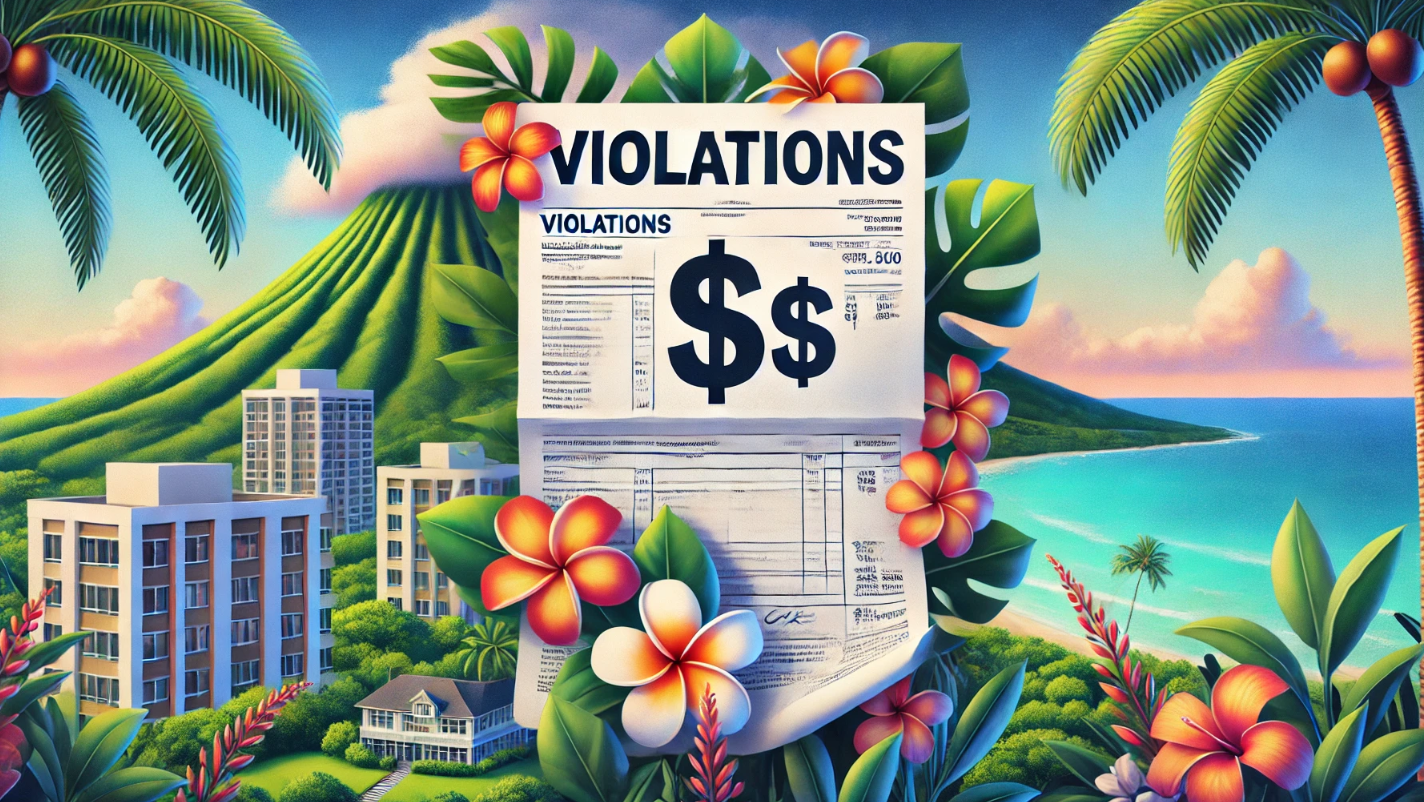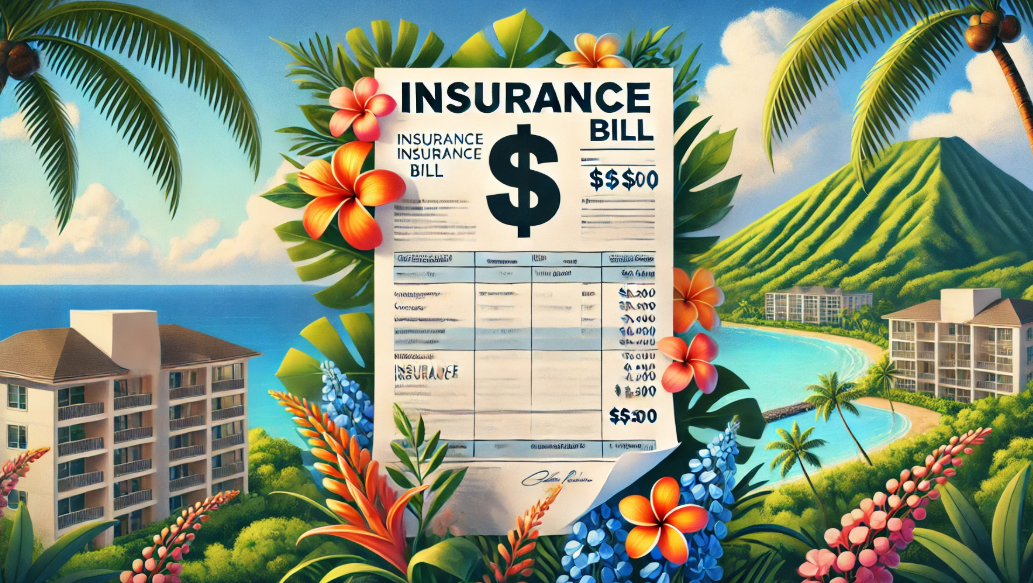Funding and Financial Plan Expanded

The following is a financial plan for the proposed cruise ship rehabilitation center; it provides a comprehensive overview of the costs, funding sources, and sustainability strategies necessary to bring this innovative project to life. By leveraging a mix of state, federal, private, and program-generated revenues, the plan outlines a path to secure initial funding and ensure long-term viability. This financial strategy is designed to align with existing state initiatives and funding opportunities, while also demonstrating the program’s potential to reduce homelessness and improve community outcomes in Oahu.
1. Estimated Costs
- Acquisition Cost of the Decommissioned Cruise Ship:
- The cost to purchase a decommissioned cruise ship can vary widely based on the ship’s size, age, and condition. On average, a mid-sized decommissioned cruise ship (approximately 70,000-100,000 gross tonnage) suitable for accommodating up to 3,000 passengers can be acquired for about $5-20 million.
- Calculation Basis: This estimate comes from recent sales of decommissioned cruise ships, where prices have ranged from $5 million for smaller, older ships to $20 million for larger, more modern ships in better condition.
- Retrofitting Costs:
- The retrofitting involves converting a cruise ship into a rehabilitation center, which includes extensive renovations such as:
- Creating medical and mental health facilities, secure units, living accommodations, and recreational areas.
- Installing security systems, surveillance cameras, controlled access points, and safety equipment.
- Upgrading plumbing, electrical, HVAC, and safety systems to meet regulatory standards.
- Estimated cost for retrofitting is $10-30 million.
- Calculation Basis: This range is based on the cost of retrofitting similar-sized commercial vessels for non-traditional uses, which can cost from $2,000 to $10,000 per guest cabin. Additional costs are included for specialized areas such as medical facilities and security upgrades.
- Cost Reduction from Donations: Assuming local contractors, suppliers, and labor unions contribute materials and labor valued at 10-20% of total costs, the retrofitting costs could be reduced by about $1-3 million.
- The retrofitting involves converting a cruise ship into a rehabilitation center, which includes extensive renovations such as:
- Annual Operating Costs:
- This includes all costs necessary to run the rehabilitation center on a daily basis:
- Staff Salaries: Salaries for approximately 500-600 staff members, including healthcare professionals, security personnel, administrative staff, maintenance workers, and support personnel. The estimated total for salaries ranges from $6-8 million per year.
- Calculation Basis: Average salaries in Hawaii for the required positions (e.g., nurses, social workers, security personnel) and the number of staff needed for 24/7 operation.
- Food and Supplies: Approximately $1-1.5 million per year.
- Calculation Basis: Estimated at $5-10 per person per day for 1,500 clients and staff.
- Utilities and Maintenance:$1-1.5 million per year.
- Calculation Basis: Cost of water, electricity, waste management, and routine maintenance based on similar facilities.
- Insurance and Legal Fees:$500,000-1 million per year.
- Calculation Basis: Maritime insurance costs, professional liability insurance, and other legal compliance fees.
- Miscellaneous Expenses:$500,000 per year.
- Calculation Basis: Covers unforeseen costs, administrative expenses, and programmatic adjustments.
- Staff Salaries: Salaries for approximately 500-600 staff members, including healthcare professionals, security personnel, administrative staff, maintenance workers, and support personnel. The estimated total for salaries ranges from $6-8 million per year.
- This includes all costs necessary to run the rehabilitation center on a daily basis:
- Total Estimated Annual Operating Costs: $10-12 million per year.
- The cost to purchase a decommissioned cruise ship can vary widely based on the ship’s size, age, and condition. On average, a mid-sized decommissioned cruise ship (approximately 70,000-100,000 gross tonnage) suitable for accommodating up to 3,000 passengers can be acquired for about $5-20 million.
2. Revenue Streams and Funding Sources
- Federal and State Funding:
- HUD’s Continuum of Care (CoC) Program: This program provides funding to nonprofit providers to rehouse homeless individuals quickly while minimizing trauma and dislocation. Estimated funding could range from $1-2 million annually based on the size of the program.
- SAMHSA Grants: Substance Abuse and Mental Health Services Administration provides grants for mental health and substance use treatment programs. Potential grants could provide $500,000-1 million annually.
- Hawaii State Homeless Programs Office Grants: State funds are allocated for programs that address homelessness, with potential funding of $1-2 million per year.
- Reallocation of Existing Government Funds: Advocating for redirecting funds currently spent on emergency services, jails, and shelters towards the program could potentially secure $2-3 million per year.
- Private Grants and Donations:
- Hawaii Community Foundation and Local Philanthropic Organizations: Possible grants and donations from these entities could provide up to $500,000-1 million annually.
- Corporate Sponsorships: Partnerships with local businesses and corporations (e.g., hotels, tourism companies, construction firms) could generate $250,000-500,000 per year through sponsorships, donations, or in-kind contributions.
- Crowdfunding and Public Fundraising Campaigns: Engaging the local community through social media campaigns, fundraising events, and public outreach could raise an estimated $100,000-200,000 per year.
- Program-Generated Revenue:
- Vocational Programs and On-Board Services: Clients can participate in job training programs that create marketable goods (e.g., crafts, art, locally sourced products) to sell, generating an estimated $100,000-200,000 per year.
3. Ensuring Financial Sustainability
- Cost Savings from Current Expenditures on Homelessness:
- Current expenditures by local and state governments on emergency medical services, law enforcement, and shelters for the homeless population are significant. A portion of these funds could be redirected to support the ship-based rehabilitation center. For instance, Honolulu’s current spending on homelessness is over $50 million annually. Redirecting just 5% of this could secure $2.5 million per year.
- Long-Term Partnerships and Grants:
- Building relationships with local governments, healthcare providers, and educational institutions can lead to long-term funding agreements and in-kind contributions.
- Explore opportunities for multi-year federal grants and foundation support to ensure consistent funding over time.
- Diversified Funding Strategy:
- By combining federal and state grants, private donations, corporate sponsorships, and program-generated revenue, the center will mitigate reliance on any single funding source, reducing the risk of financial instability.














